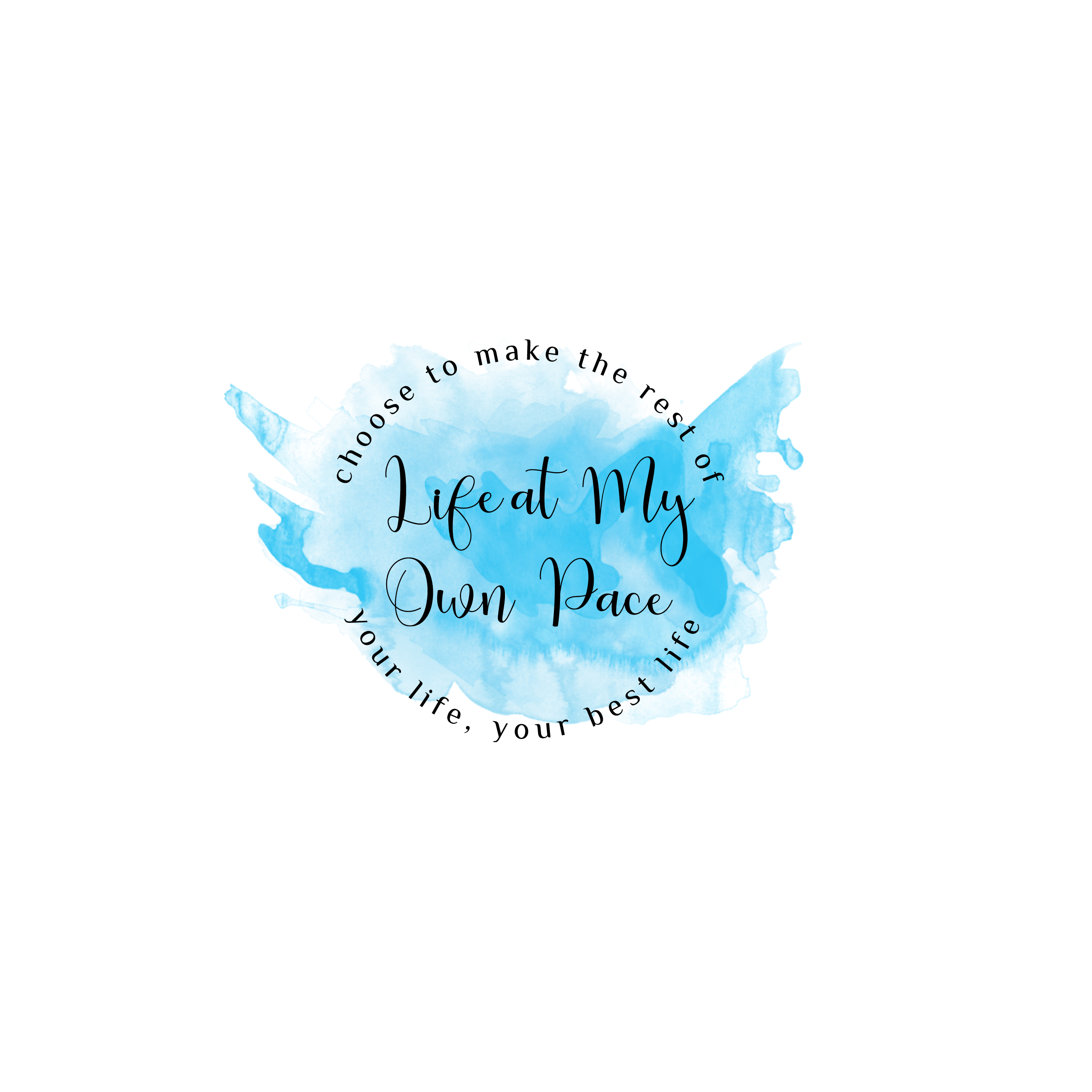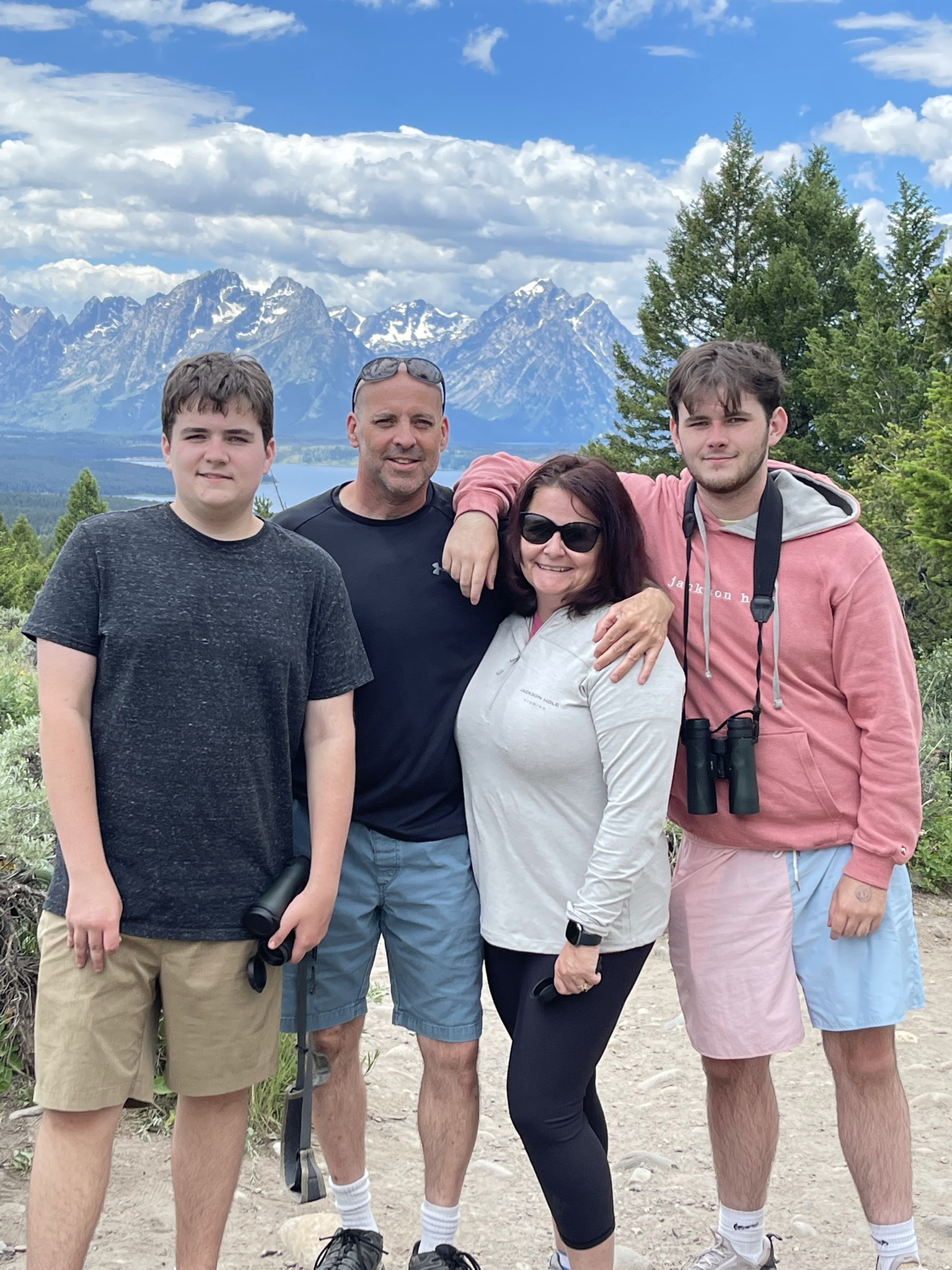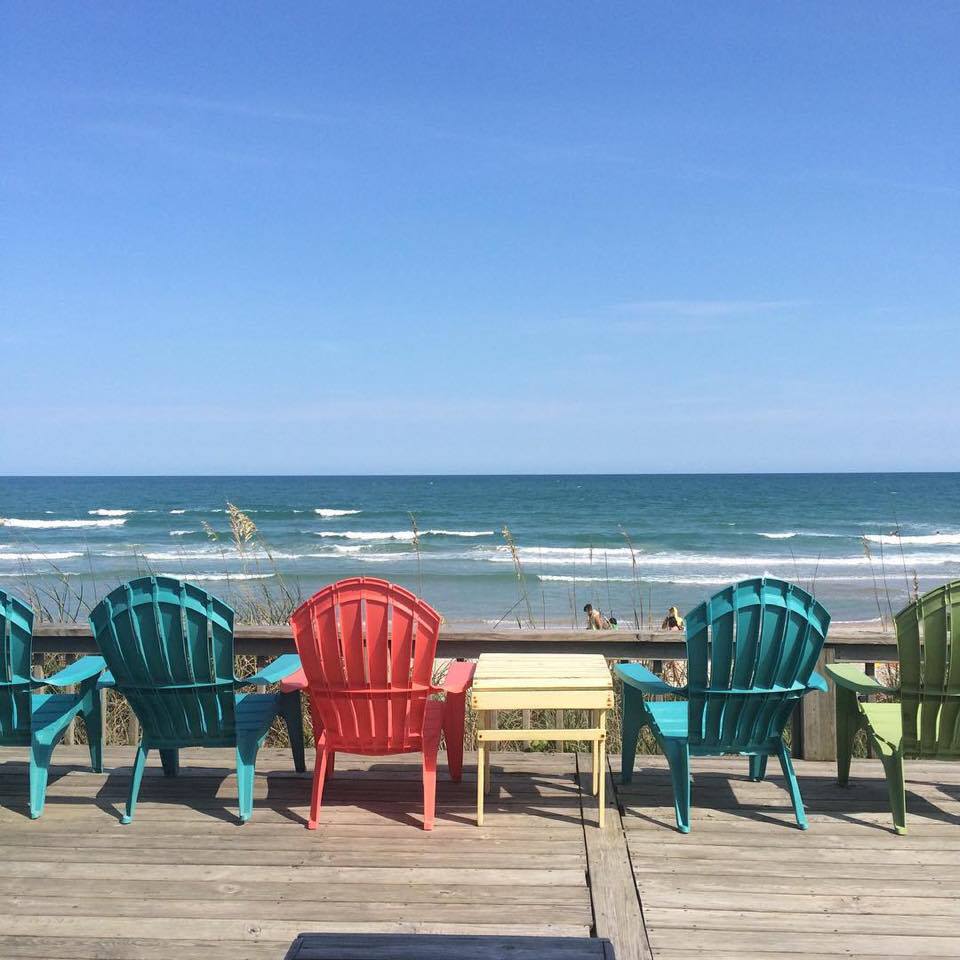This post may contain affiliate links, and I may earn compensation when you click on the links at no additional cost to you.
Three weeks ago, we embarked on our first trip to visit 2 of the 63 National Parks located here in the United States. This trip came about in March after our Canadian Rockies trip was canceled for the second time. After some research, we decided to spend ten days in Grand Teton and Yellowstone National Parks.

Attendance at the National Parks is at a record high. It started last year at the height of the pandemic and is continuing this summer. In June 2021, Yellowstone saw record attendance with 938,845 visits, making it the most visited June on record. So far, Yellowstone has hosted 1,587,998 visits, and that is up 17% from 2019. The National Park Service has told people to expect crowds and to plan ahead. Here are ten tips to help plan your next trip to one of our 63 parks!
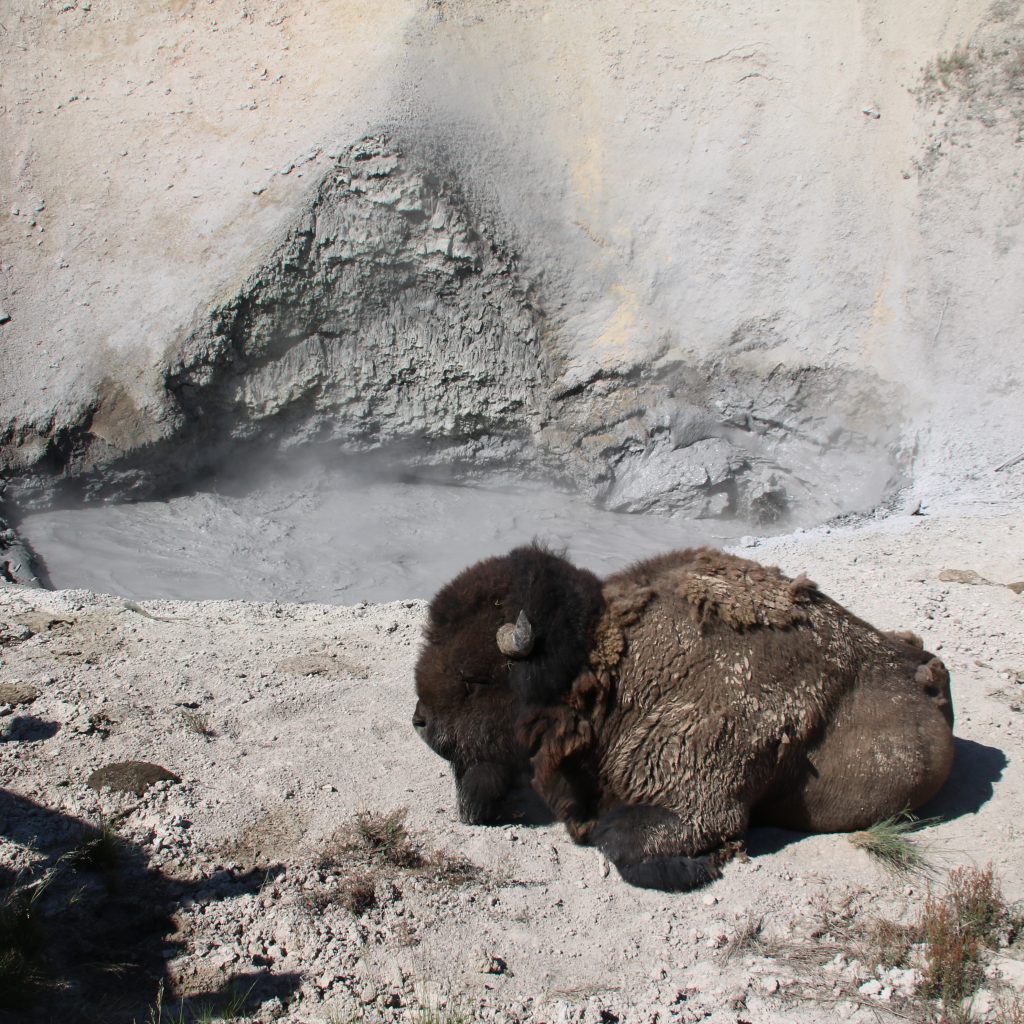
Before sharing my tips, I want to preface this by saying these tips worked for my family. We are new to exploring the National Parks, new to hiking, and some of these other outdoor adventures. If you have followed me for a while, you will see this was a bit of a different vacation for us. We were not sure what to expect, and I wanted to maximize our time in each park.
1) Purchase a U.S. Park Pass.
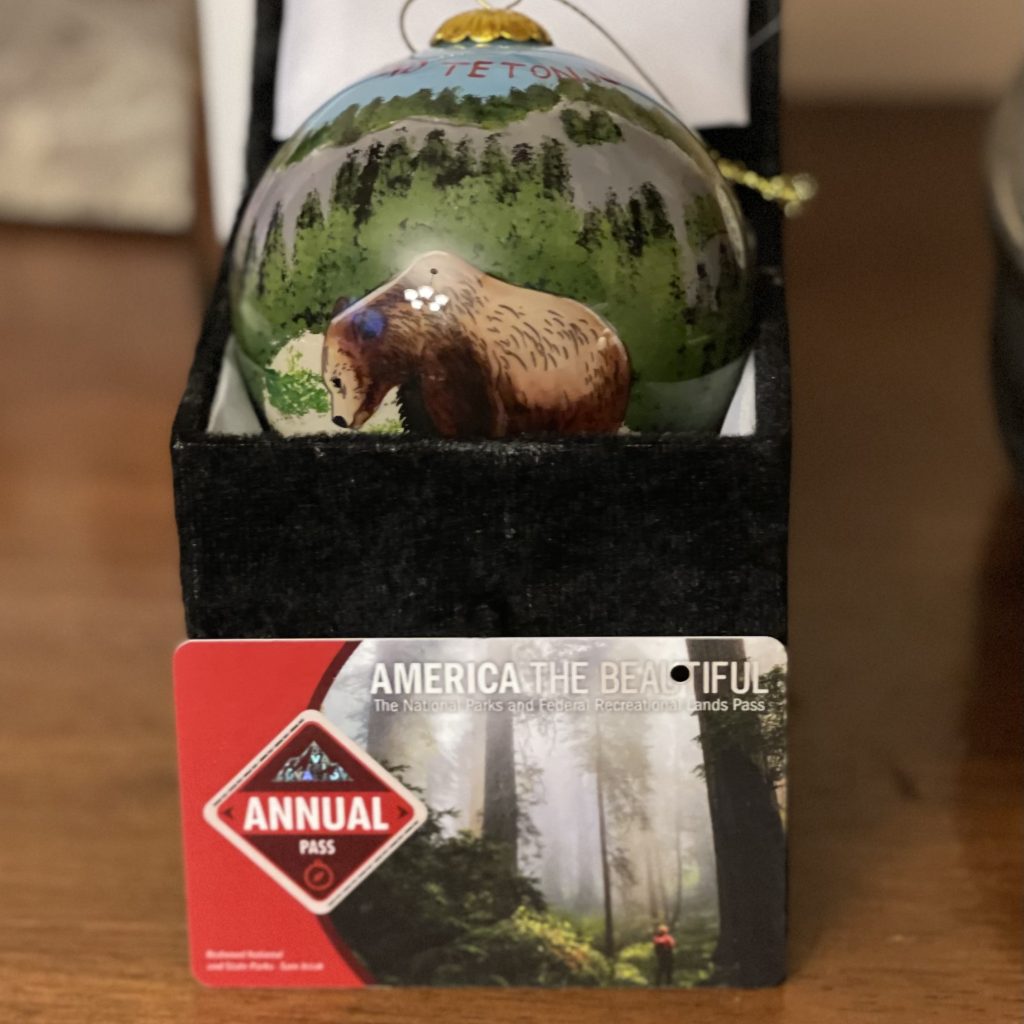
The America the Beautiful National Parks and Federal Recreational Lands Pass can be used at more than 2,000 federal recreation sites. The pass includes admission to parks for a driver and all passengers in a personal vehicle (or up to four adults at sites that charge per person). Children age 15 or under are admitted free. The cost to enter Grand Teton and Yellowstone is $35.00 for seven days for each park. We plan on hitting Acadia later in the summer, that is another $35.00, for a total of $105.00. The U.S. Parks Pass is $80.00 for 12 months! Well worth the price. You can find more information here.
2) – Stay in a Central Location.
Many of the National Parks are pretty vast. Did you know that Yellowstone is the size of Rhode Island and Delaware combined? To cut down on driving, I highly recommend either staying inside the parks or finding lodging near where you plan to spend your time. For our ten-day trip to Yellowstone and Grand Teton, we stayed in 4 different hotels.

For the first 4 nights, our home base was Jackson, Wyoming, located 15 mins from the south entrance to Grand Teton National Park. It made the ride to and from the parks easy and convenient. There were restaurants, shops, a grocery store and other activities nearby in downtown Jackson.
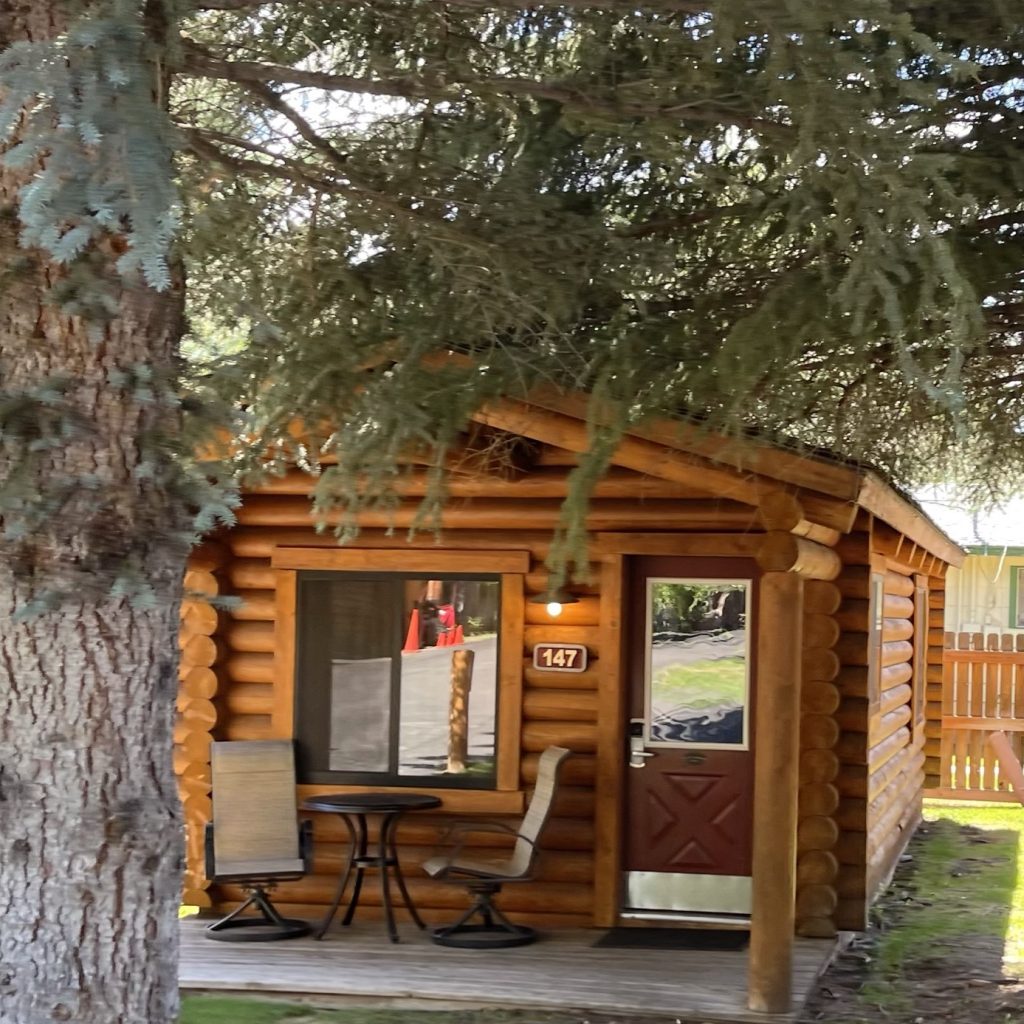
When left Jackson and Grand Teton and headed to Yellowstone; we entered from the south entrance and followed Grand Loop Road along the eastern side of the park, all the way to the northwest entrance of the park. It made for a great day of sightseeing. When visiting Yellowstone for five days/four nights, we stayed in two locations. The first was Gardiner, MT, which allowed us easy and quick access to Mammoth Springs and Lamar Valley.
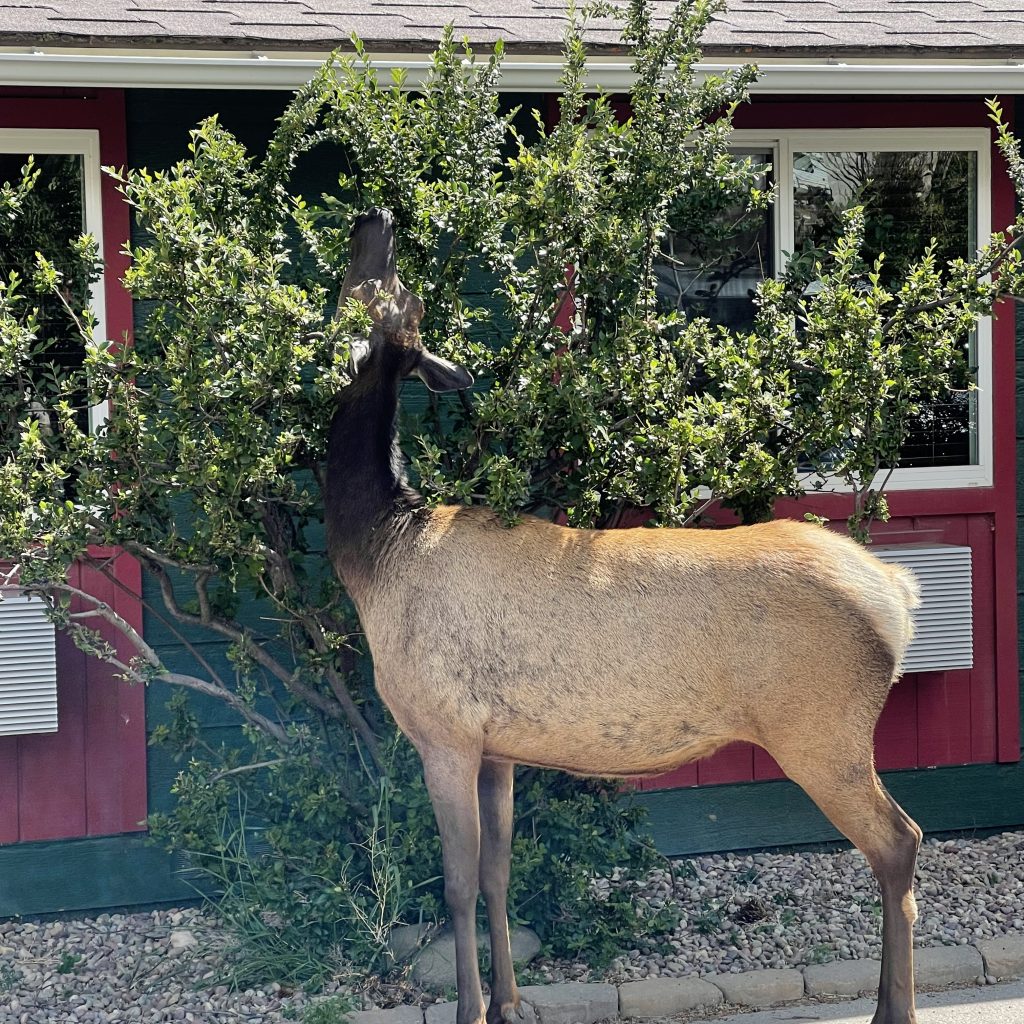
The third hotel was located in West Yellowstone, which made seeing the western part of the park much more manageable.
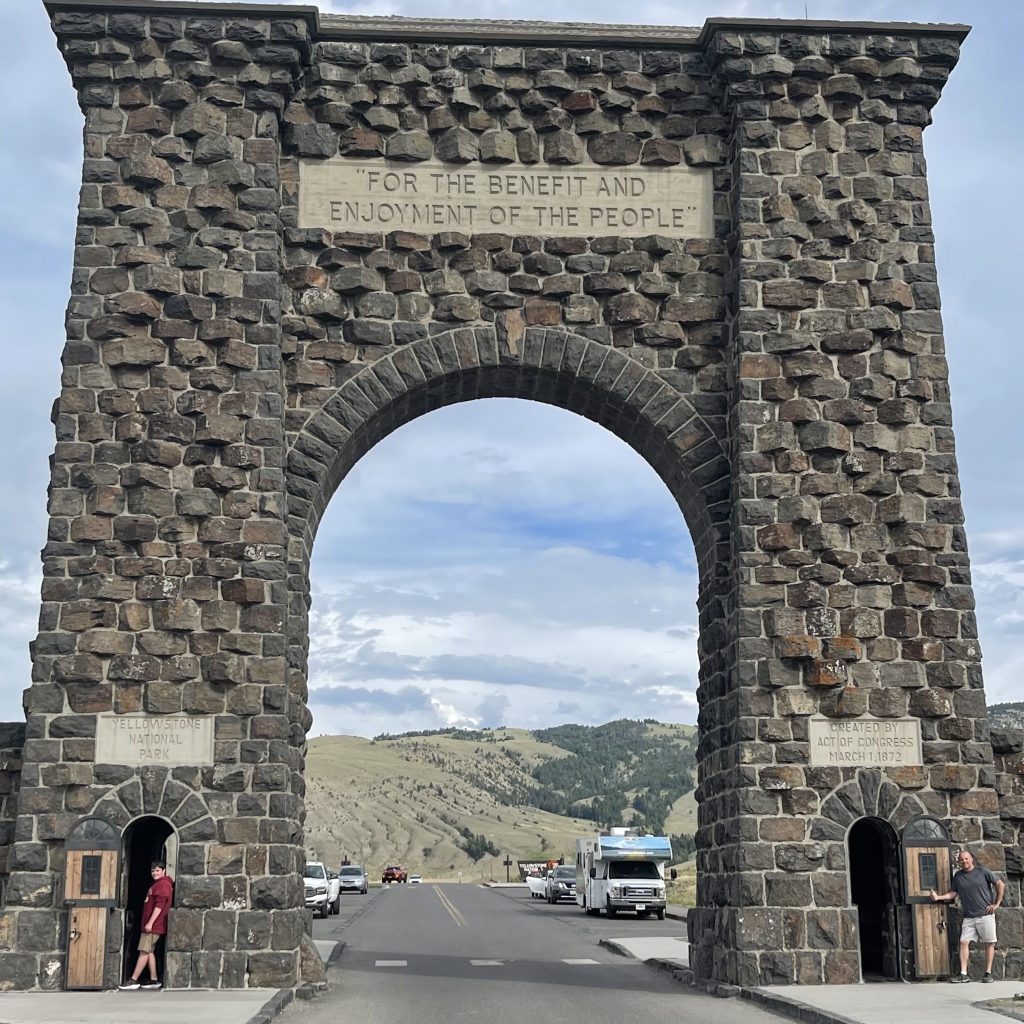
Plus, when we left Yellowstone to head back to Grand Teton and Jackson, we were able to make stops along the western side of Grand Loop Road that we have missed. Our last hotel was back in Jackson. It was close to the airport and our remaining activities.

3) Plan Meals Ahead of Time.
I mean all meals and snacks! As mentioned, attendance at the parks is at an all-time high. This includes the towns bordering the parks as well. In Jackson, we soon learned if we did not have a dining reservation, we were not eating. Thankfully we had a small kitchen in our cabin, and there was a grocery store. We made sure to pack a breakfast and lunch for the days we were out in the parks, especially when exploring Yellowstone. Fortunately, every tour we booked included meals and snacks. On another note, we soon realized the lodges and hotels inside Yellowstone only had quick serve. The majority of the restaurants were closed, and it made for very long lines. We waited 30 mins for ice cream at the Old Faithful Lodge.
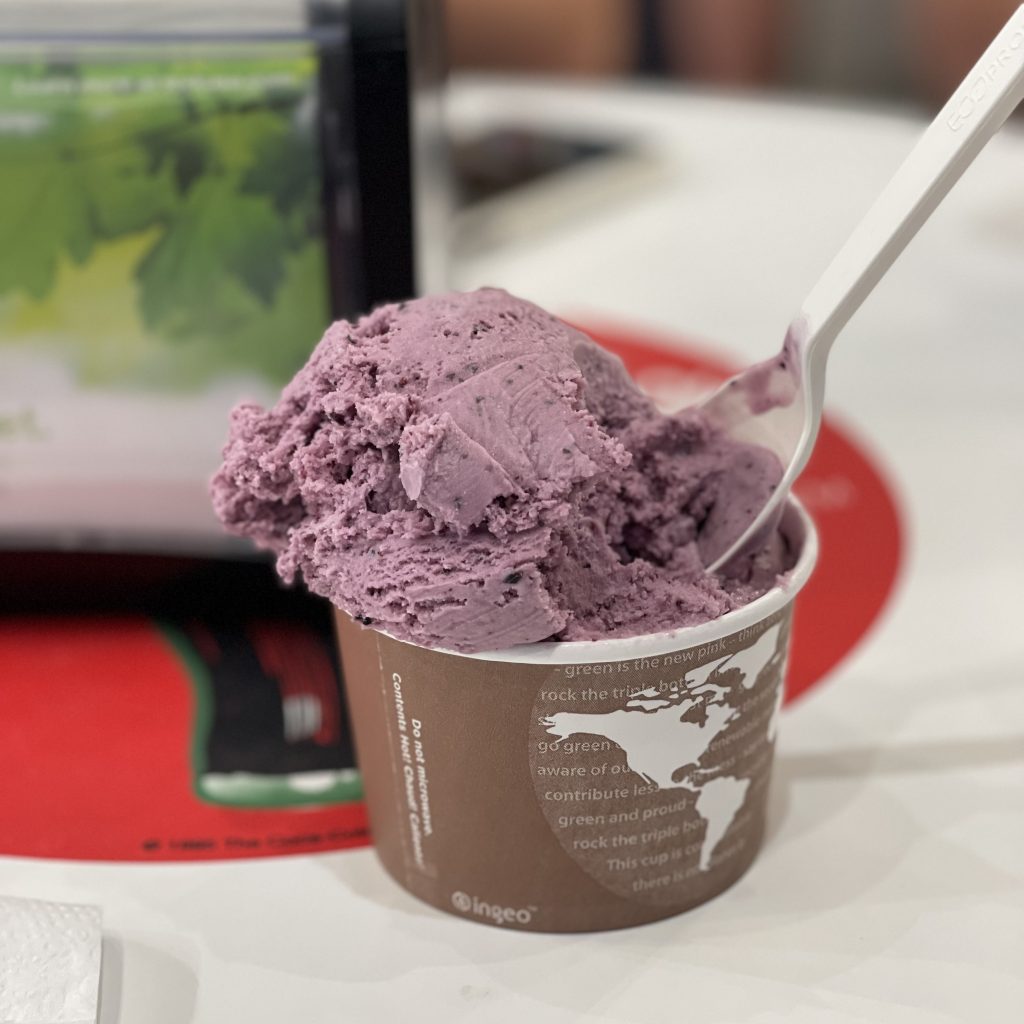
4) Water, Water and More Water
Hydration is vital when exploring and hiking the parks. The higher the altitude, the drier the air, and the more you will need to hydrate. I was a bit fearful we would all get altitude sickness, so I made sure we hydrated well before leaving Boston. Once we were in Wyoming and Montana, we bought cases of water and made sure to have at least two bottles per person with us at all times. While hiking, we carried backpacks that had hydration bladders in them.
5) Book a Tour or 2.
As I mentioned, this was our first time visiting the parks. We had ten days, and I wanted to see as much as possible. Over the ten days, we went on six different tours. All of them were amazing. In Grand Teton, we did an all-day tour of the park, a sunrise safari that included breakfast, and a 10-mile float ride down the Snake River. In Yellowstone, we did an all-day tour of the park, a Bear and Wolves Wildlife tour, and a guided hike around the Grand Canyon of Yellowstone. We maximized our time; it gave us an excellent overview of the parks and gave us an idea of what we wanted to go back and see on our own. I highly recommend it.

6) Pack and Wear Layers.
We had a lot of early mornings, and it was rather chilly in the parks. We always had sweatshirts to start with a short-sleeved shirt underneath. More times than not, I had on workout pants that fared well in cool and warmer temps.
7) Grab a Map.
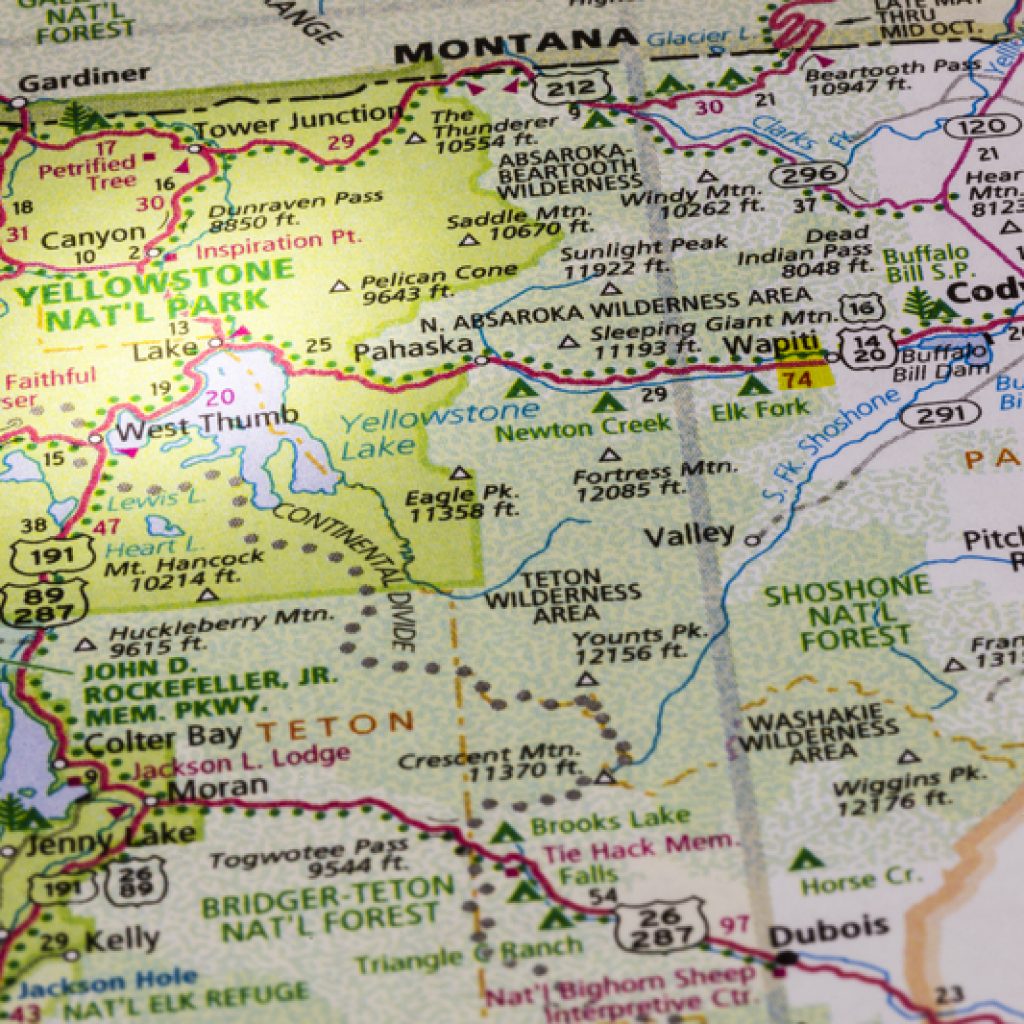
Either grab a map at the entrance or download one to your phone. There is minimal service in the parks, and the car’s GPS may not work. I found the maps the park rangers provided to be very helpful.
8) Download Park Apps.
The National Park Service puts out an app that lists all the parks. You pick a park, and it details what to see, things to do, self-guided tours, a park calendar, and more. I found the individuals parks each have apps as well. The best part is you can save the app for offline use.
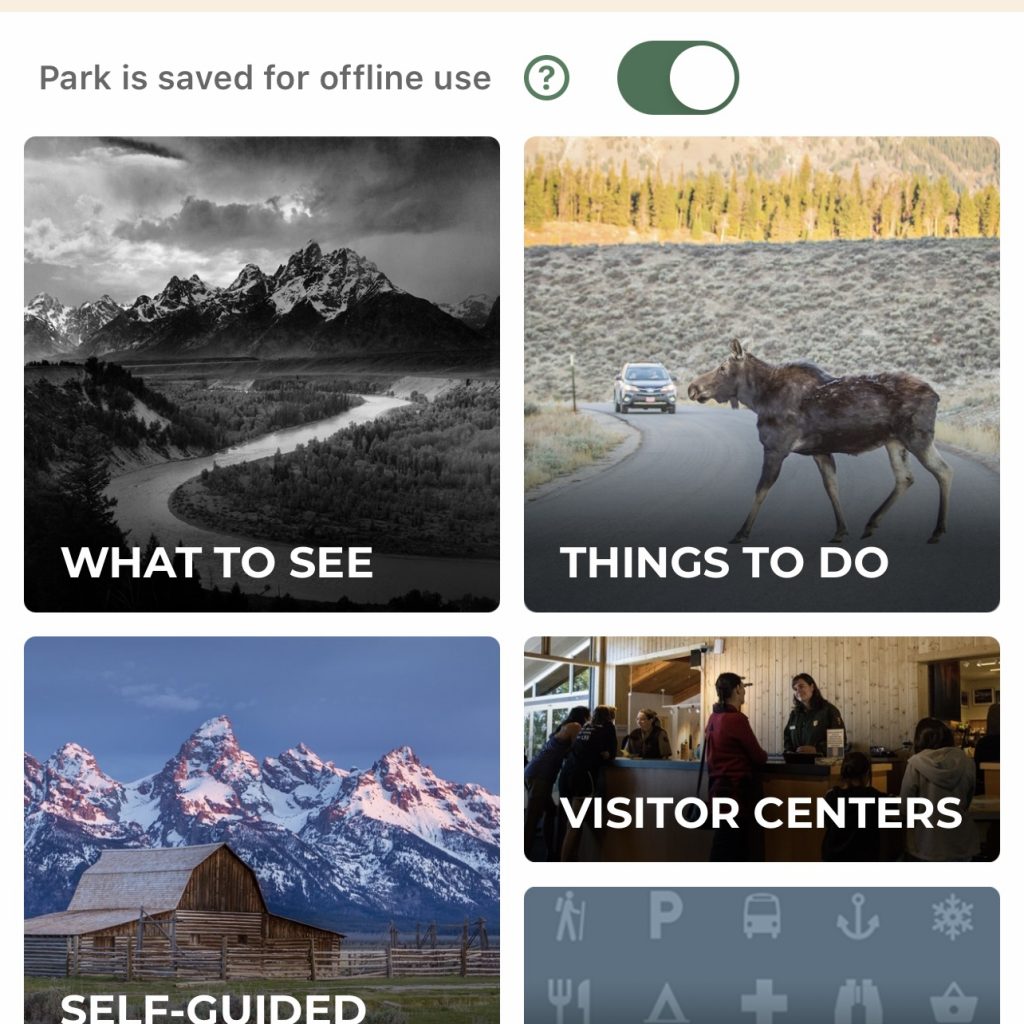
However, my favorite app is called The Gypsy Guide. It is a narrated audio tour that gives behind-the-scenes stories about the history, geology, hikes, wildlife, and cultural highlights that play automatically along the route. The app is used offline, so no need to worry about the lack of signal. We used it when we drove from Jackson through Grand Teton and Yellowstone. The only downside, they don’t have a tour for every park. I would love one for our Acadia National Park trip. Check it out here.
9) Essential Toiletries.
The air is dry in Wyoming and Montana. It affected every part of the body, from our nasal passages, lips, and skin. We made sure to have saline, chapstick, and moisturizer. The saline is a lifesaver. Without it, Nicholas and I would not have been able to breathe through our noses.
10) Have Plenty of Storage on your Phone and Memory Cards
The amount of photos we took is crazy. Everywhere we looked, we were surrounded by beauty. I wanted to capture every moment!
Happy Exploring!
